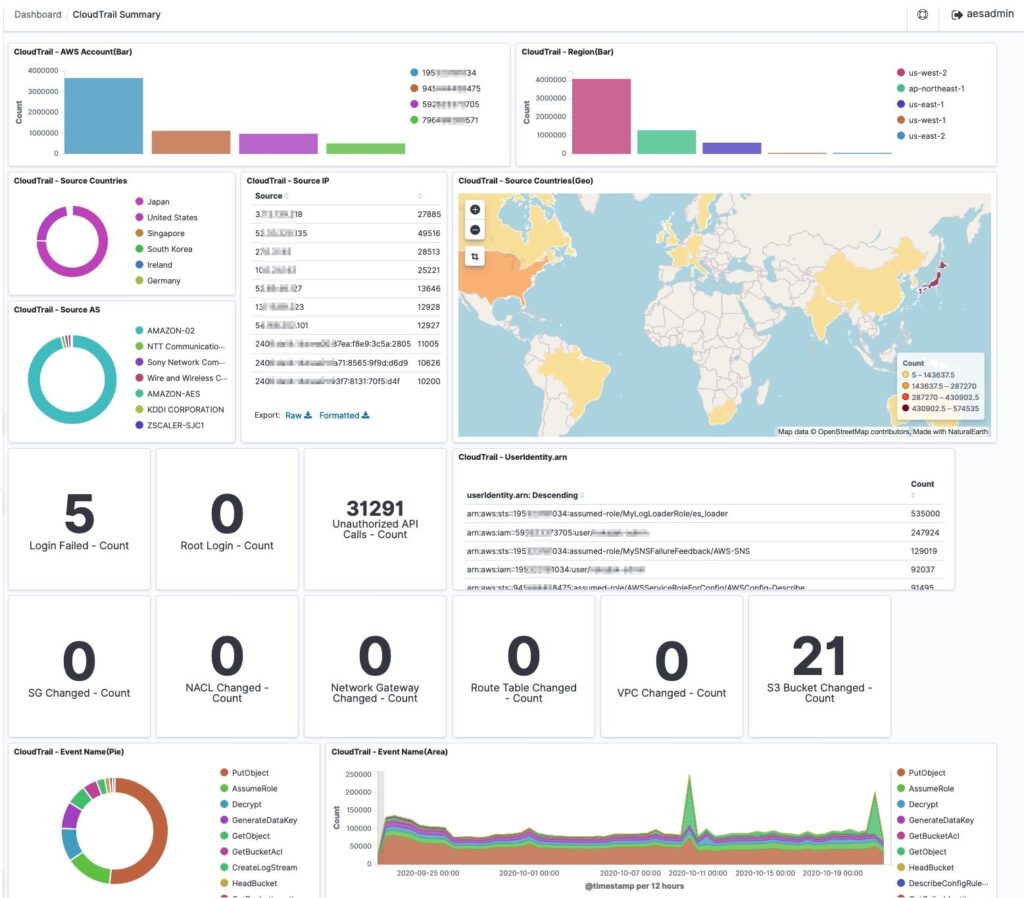SIEM vs SOAR: 4 Key Differences and How to Choose

Benefits of SIEM
The main benefits of SIEM include:
- Real-time monitoring and alerting of security incidents: By consolidating data from multiple resources, SIEM provides visibility into the organization’s security posture. This visibility is critical for identifying threats early and ensuring a rapid response to potential security breaches.
- Correlation of data: By aggregating security information from diverse sources, SIEM can detect complex, multi-vector attacks that might evade other security measures.
- Regulatory compliance: Many industries are required to adhere to stringent data protection and privacy regulations, and SIEM solutions help meet these demands by maintaining detailed logs of security events. These logs are useful for auditing and reporting purposes, helping demonstrate compliance.
Benefits of SOAR
Benefits of SOAR include:
- Automation: SOAR platforms automate repetitive and time-consuming security tasks, helping reduce the workload on security teams, allowing them to focus on high-impact activities that require human intelligence and decision-making.
- Fast response: By simplifying the incident response process, SOAR reduces the mean time to resolution (MTTR) for security incidents, minimizing potential damage and exposure.
- Improved collaboration and communication within security teams: With integrated case management and reporting tools, SOAR ensures that all team members have access to up-to-date information about ongoing incidents, enabling a coordinated response.
Related content: Read our guide to SIEM tools
SIEM vs SOAR: Key Differences
Here’s a look at how these two types of platforms compare in key areas.
1. Primary Function
SIEM aims to collect, analyze, and correlate security data across an organization’s IT environment to identify suspicious activities in real time. SIEM solutions focus on detection and alerting, providing a central repository for security data. They generate alerts based on predefined rules and correlate events from various sources to highlight security incidents.
SOAR improves operational efficiency through automation and orchestration of security tasks. SOAR platforms automate incident response processes by integrating various security tools and workflows. The focus is on reducing manual intervention and enabling faster, more consistent responses to security threats through automation and predefined playbooks.
2. Data Sources
SIEM systems rely on a broad range of data sources including logs from network devices, servers, applications, and other IT infrastructure elements. The diversity and volume of data collected are important for effective threat detection and analysis.
SOAR platforms also use multiple data sources but are more focused on integrating these sources to inform operations and enable automation. The data sources for SOAR include security tools like firewalls, intrusion detection/prevention systems, and threat intelligence feeds.
3. Alert Handling
SIEM systems correlate events to produce meaningful alerts that can indicate potential security incidents. Analysts must then interpret these alerts, conduct investigations, and decide on the appropriate response. The process can be resource-intensive due to the high volume of alerts and the need for manual intervention.
SOAR aims to alleviate the burden of alert handling by automating many of these processes. When an alert is generated, the SOAR platform can automatically trigger a series of actions, such as isolating affected systems, gathering forensic data, and notifying the relevant personnel.
4. Implementation Complexity
SIEM can be complex and resource-intensive to implement due to the need to collect and analyze large volumes of data from across the organization. It requires significant setup and continuous fine-tuning to ensure that the right data is being collected and that false positives are minimized. It also requires skilled personnel to manage and interpret the data.
SOAR also involves a degree of complexity, particularly in configuring integrations and workflows, but it aims to reduce the ongoing operational burden through automation. The upfront effort to implement SOAR can be offset by the gains in reduced manual effort required for incident response.
SOAR vs SIEM: How to Choose?
To make an informed choice, organizations should consider various factors that align with their needs and capabilities:
- Organizational needs: Assess whether the primary need is for threat detection and compliance reporting (SIEM) or for automating and streamlining incident response processes (SOAR).
- Existing infrastructure: Evaluate the current security infrastructure. If the organization already has a set of security tools that generate a high volume of alerts, a SOAR solution can help manage and automate the response. If it lacks centralized logging and real-time monitoring, a SIEM solution may be more beneficial.
- Resource availability: Consider the size and expertise of the security team. SIEM requires skilled personnel to analyze alerts and manage false positives, whereas SOAR aims to reduce the workload through automation, potentially benefiting smaller teams with limited resources.
- Compliance requirements: Determine the regulatory requirements the organization must meet. SIEM is useful for maintaining detailed logs and generating compliance reports. SOAR can assist in compliance by ensuring standardized and documented incident response procedures.
- Budget constraints: Factor in the cost implications. SIEM solutions often require significant investment in hardware, software, and personnel. SOAR solutions may involve high initial setup costs but can result in long-term savings through operational efficiencies.
- Integration capabilities: Analyze the integration capabilities of each solution. SIEM needs to integrate with various log sources, while SOAR must connect with existing security tools and workflows to automate response actions.
- Incident response maturity: Assess the maturity of incident response processes. Organizations with mature, well-defined response procedures can benefit more from SOAR’s automation and orchestration capabilities. Those still developing their response strategies might find greater initial value in SIEM’s monitoring and alerting functions.
Managed SIEM with Coralogix
Coralogix sets itself apart in observability with its modern architecture, enabling real-time insights into logs, metrics, and traces with built-in cost optimization. Coralogix’s straightforward pricing covers all its platform offerings including APM, RUM, SIEM, infrastructure monitoring and much more. With unparalleled support that features less than 1 minute response times and 1 hour resolution times, Coralogix is a leading choice for thousands of organizations across the globe.





